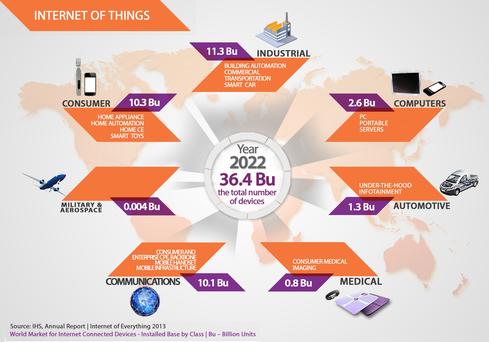For that to happen, interoperability and communications protocols, common processing and programming interfaces, and tools to dissolve the barriers between diverse computing platforms, devices, and operating systems must improve.
A new open computing system architecture called Heterogeneous System Architecture (HSA) is a step towards the IoT reality. With its matching programming tools, HSA is emerging as the next-generation industry standard that integrates different types of microprocessors and compute elements, according to Sasa Marinkovic, Head of Technical Marketing at AMD.
By standardizing the heterogeneous programming model, developers can more easily and cost-effectively develop new software tailored to take advantage of the expanding heterogeneous processor market. The HSA Foundation is working to usher in the next era of software innovation, from enabling unprecedented user experiences to improving cloud-based data management, streaming, and security.
“In addition to its obvious performance benefits, another key attribute of the architecture is broad portability across computing devices,” Marinkovic wrote. “ Applications written using HSA tools will be easy to move across compliant platforms, enabling a write-once, run-nearly-anywhere opportunity. This will greatly boost compatibility for many applications within the Internet of Things.”
If you or your organization also support Open Standards as they relate to system architecture and the development of the IoT, consider showing your support by signing your name on our Stand With Us page.

